Yesterday, on our nation’s largest shopping holiday of the year, droves of drivers patriotically set out to bolster our nation’s economy. Deals on toasters and bath towels lured many across the city to our most famous parking lots: the Brentwood Promenade, Overland Plaza, South County Center, Westport… The reality, however, is that the majority of our parking lots sit empty.
NextSTL – Leverage the lots, balance the books in Kirkwood
NextSTL – U-City set to snatch parking defeat from jaws of planning victory
NextSTL – St. Louis: prepared for the 100-year parking event
NextSTL – “There’s not enough parking!”
NextSTL – The high cost of parking on Pershing
In tandem with Black Friday, Strong Towns hosts the #BlackFridayParking event to raise awareness to the destruction of our cities due to parking minimum requirements, and to inspire opportunities to utilize the empty space. According to Strong Towns,
Every year on Black Friday, one of the biggest shopping days of the year, people all across North America snap photos of the (hardly full) parking lots in their communities to demonstrate how unnecessary these massive lots are. Participants upload those photos to social media with the hashtag #blackfridayparking.
But what about in suburban Webster Groves? How will people access our businesses for shopping without parking? Growing up in Webster Groves, the endless sea of car storage options is not new to me. Moreover, I fully recognize I was part of the problem. I idolized driving everywhere, even to school though I lived less than a mile away. Now, I choose not to own a car and live in a walkable and bikeable area of Columbia, MO, but the abundance of parking is abundantly clear when I return for the holidays.
Last year, I wrote several letters to City Council as they considered updating their parking development standards, however parking minimums were not addressed. Here is a selection of our parking minimums: Places of worship have huge parking requirements, yet generally meet only a few isolated times a week. Drinking establishments call for one space for every three seats (and two per three employees), and because of its ease I know of people that have chosen to have a few drinks and drive rather than take a walk. Our parks require a minimum of 1% of the total land area, when parks are inherently supposed to be for walkers. We incentivize driving, by avoiding even meters, and we are left with a sea of wasted space(s). As part of this, I created this map to showcase how we value our land:
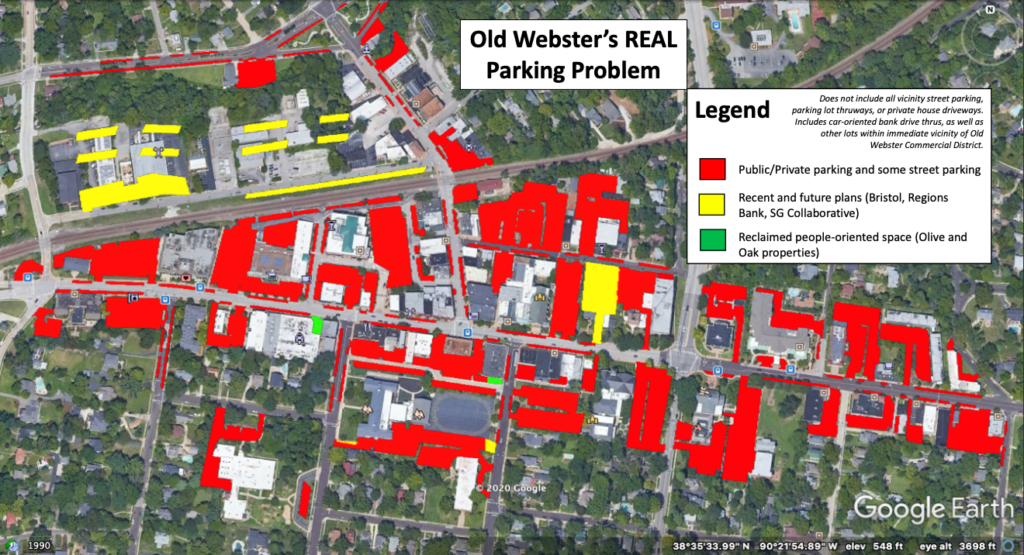
So, given our community’s love of parking, I thought I would give parking some love too. On Black Friday, I took upwards of 100 photos of different empty lots I saw throughout my day in the Old Webster Business District, the Old Orchard Business District, the commuter lots along Metrolink, and in Rock Hill. Let me take you on a tour of #BlackFridayParking in Webster Groves and St. Louis:
A morning stroll: 8:30-9 AM in the Old Webster Business District
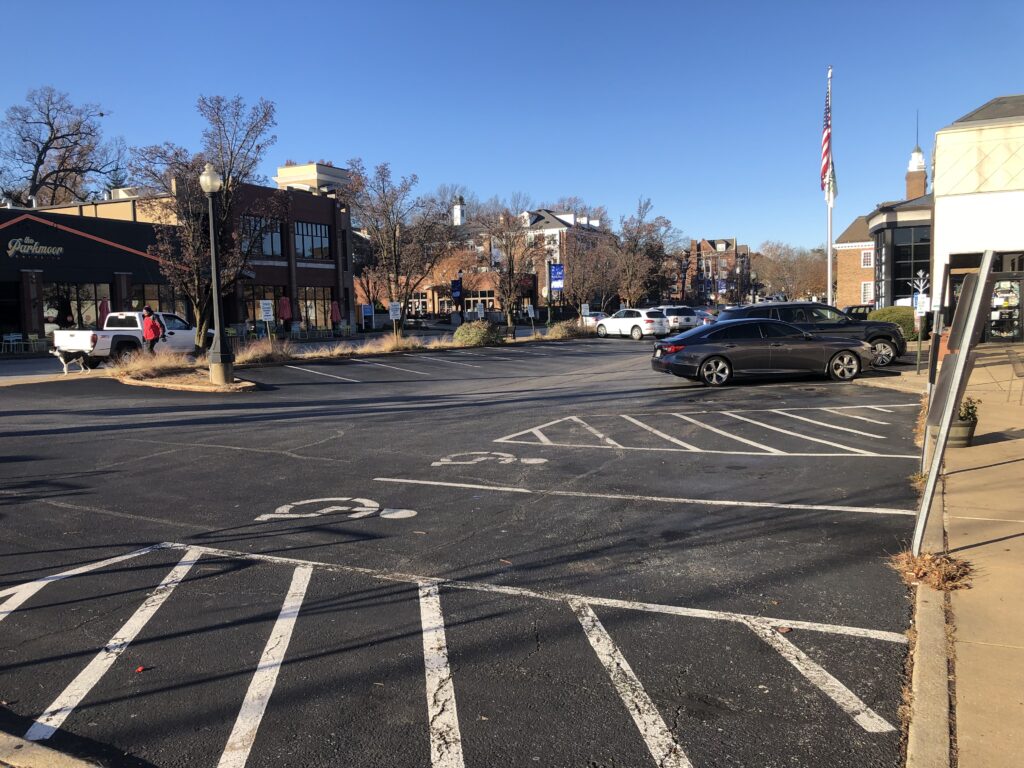
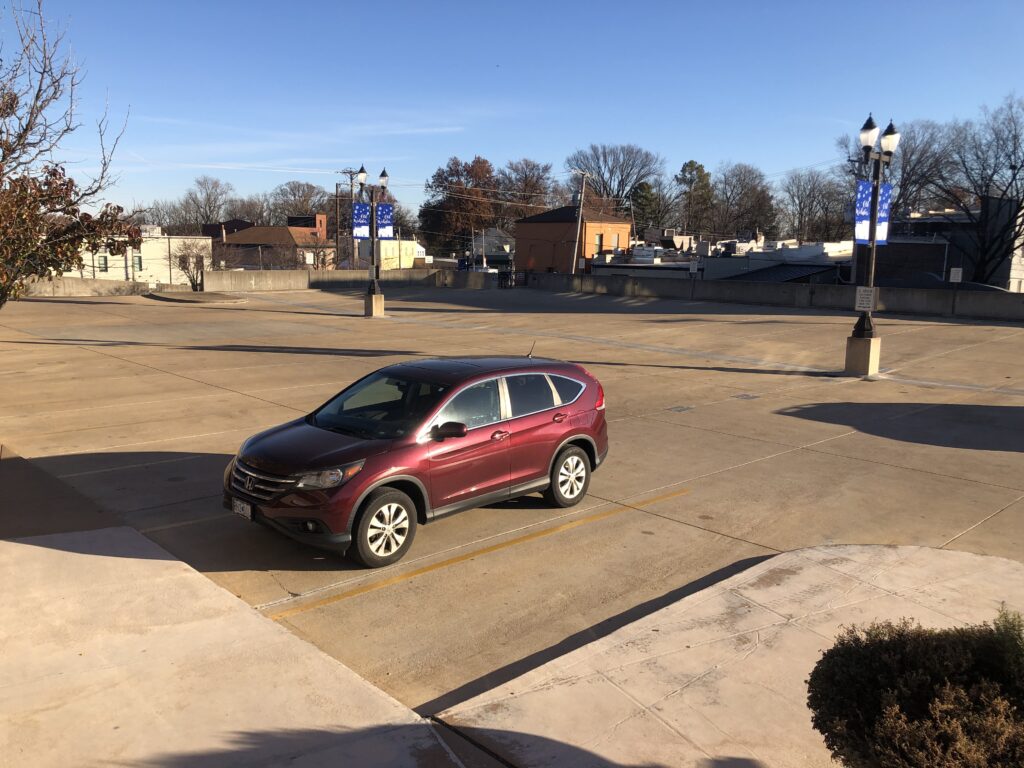
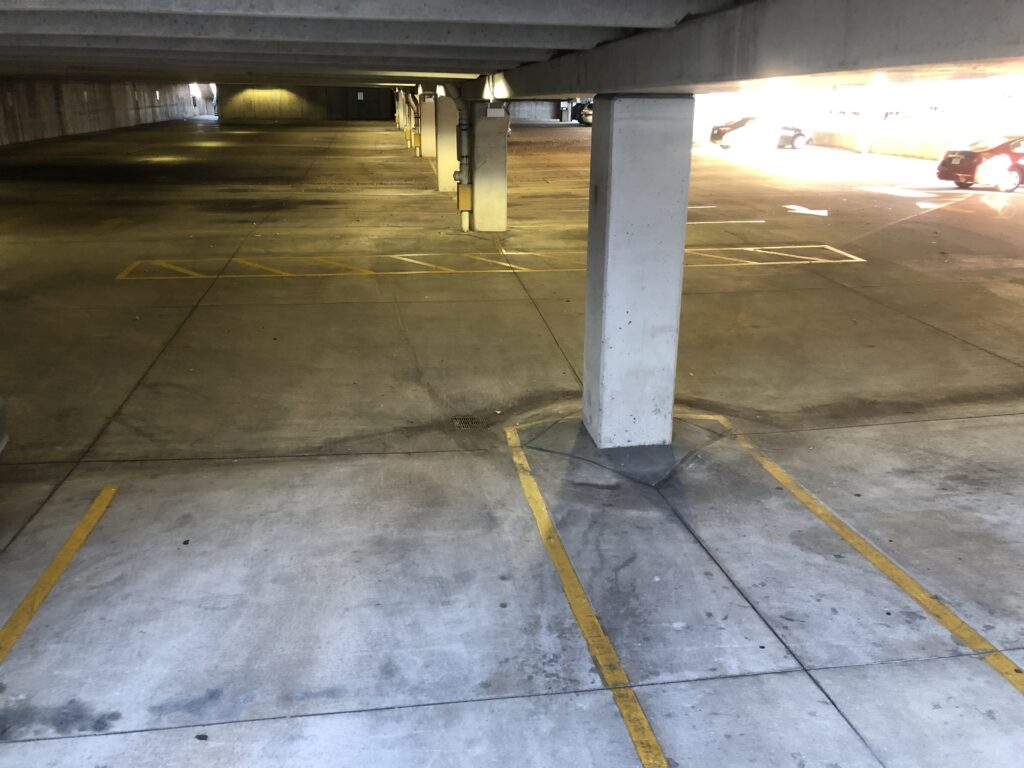
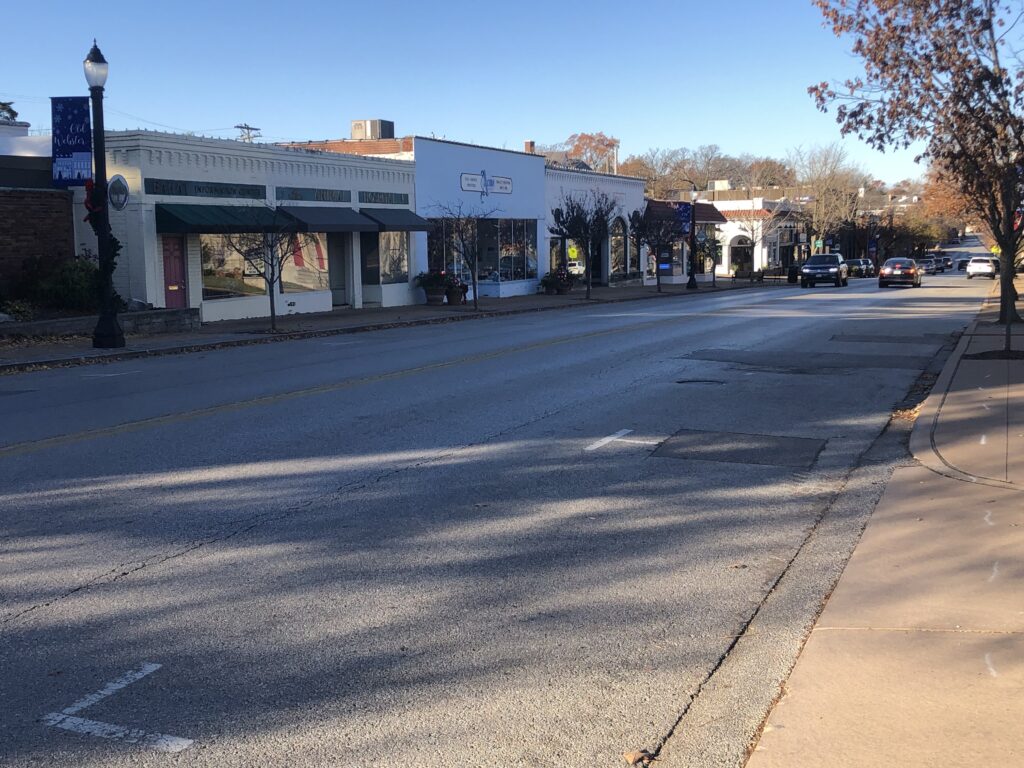
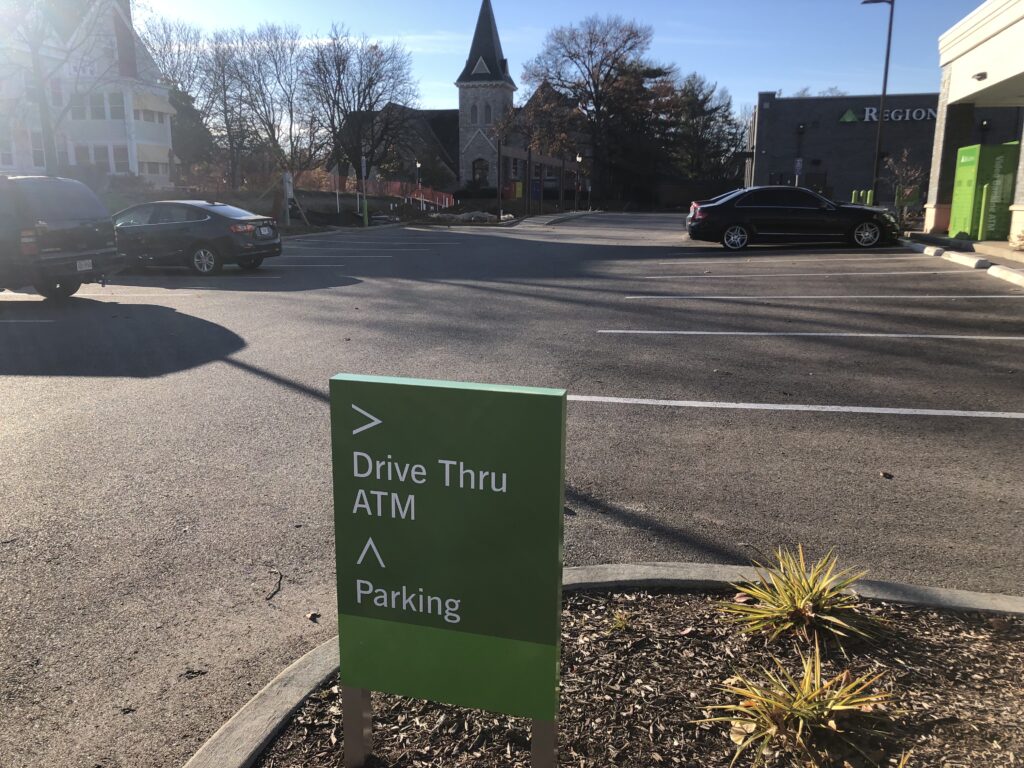
Biking through the city: 11:30 AM-Noon in the Old Orchard Business District
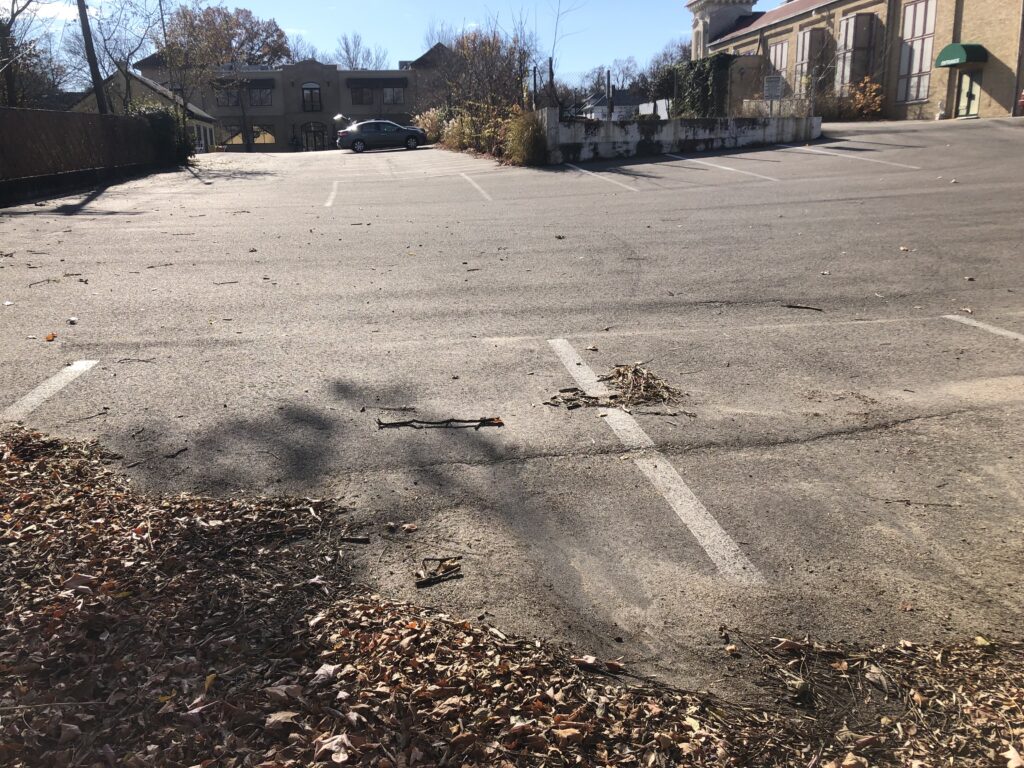
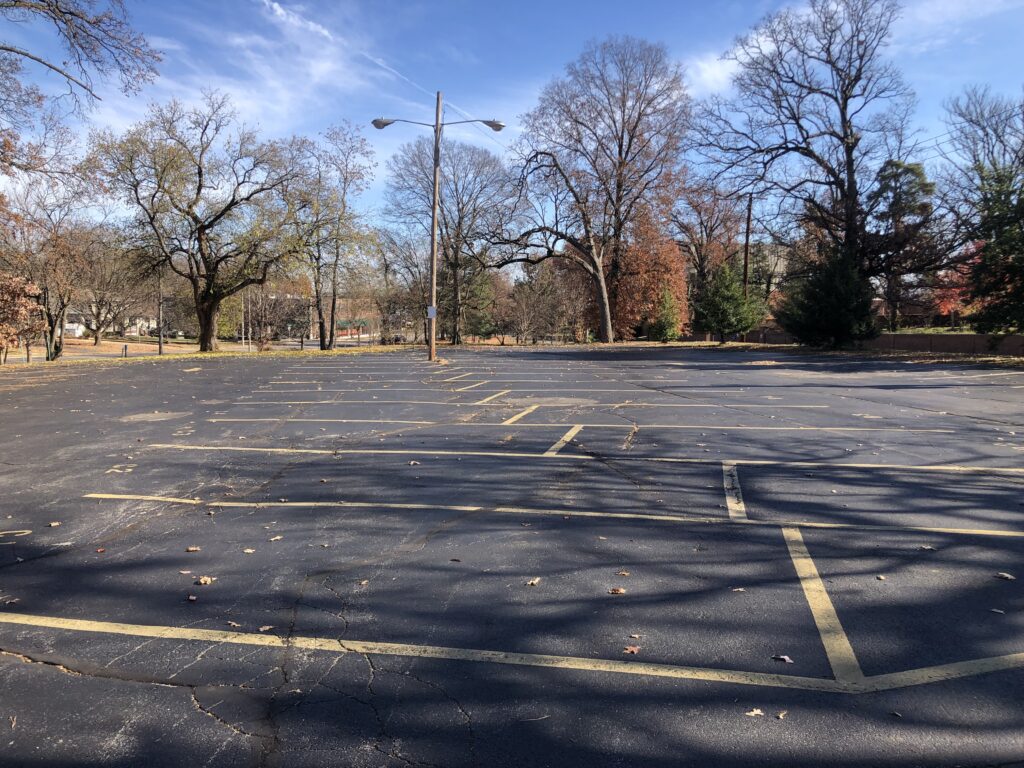
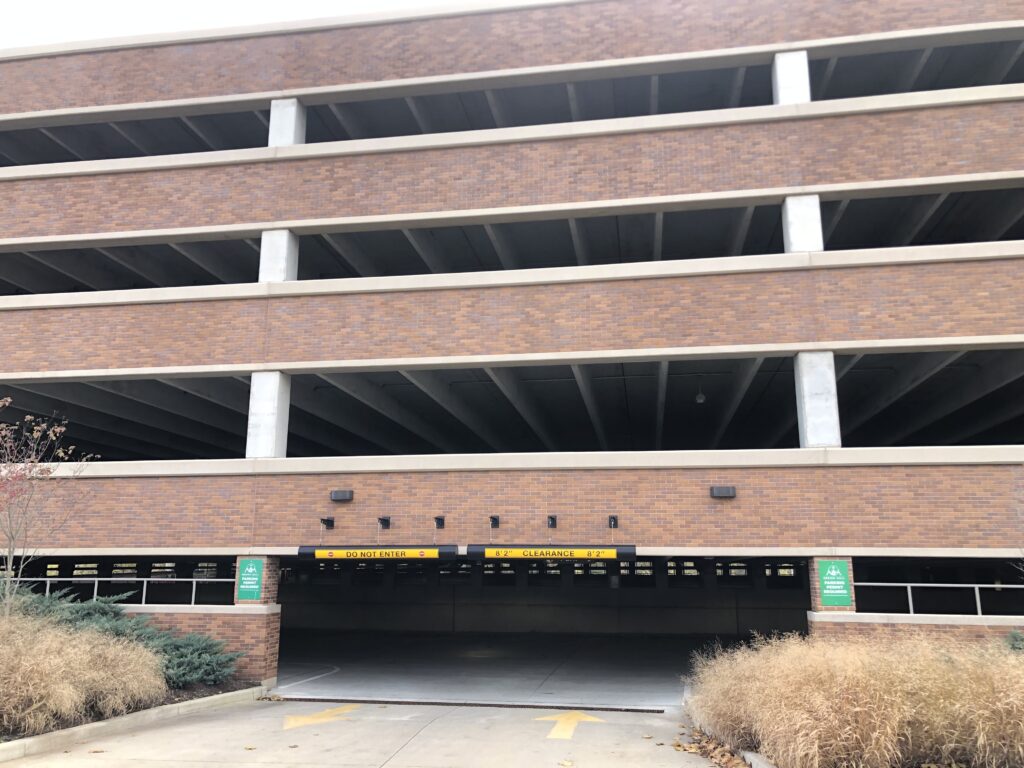
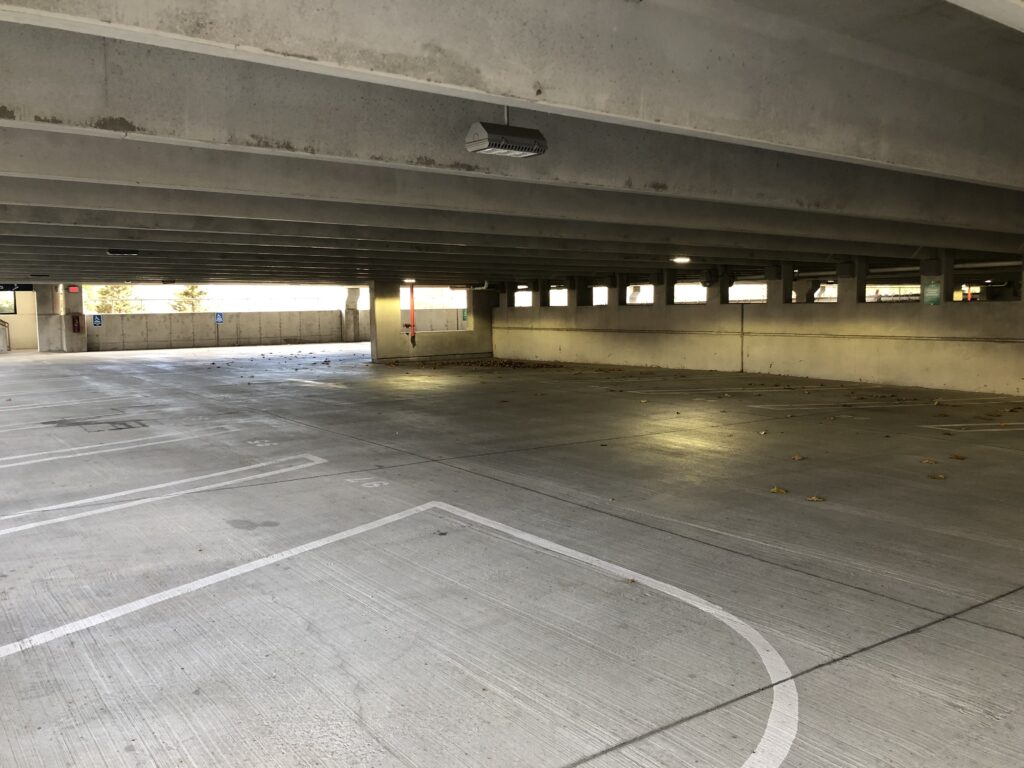
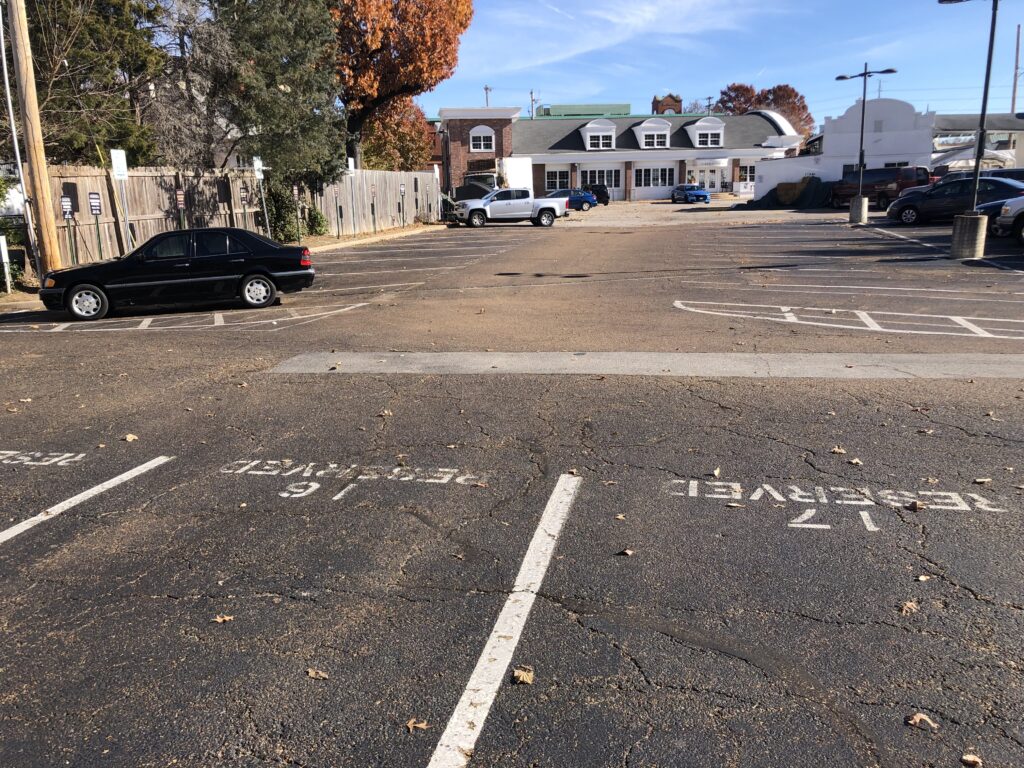
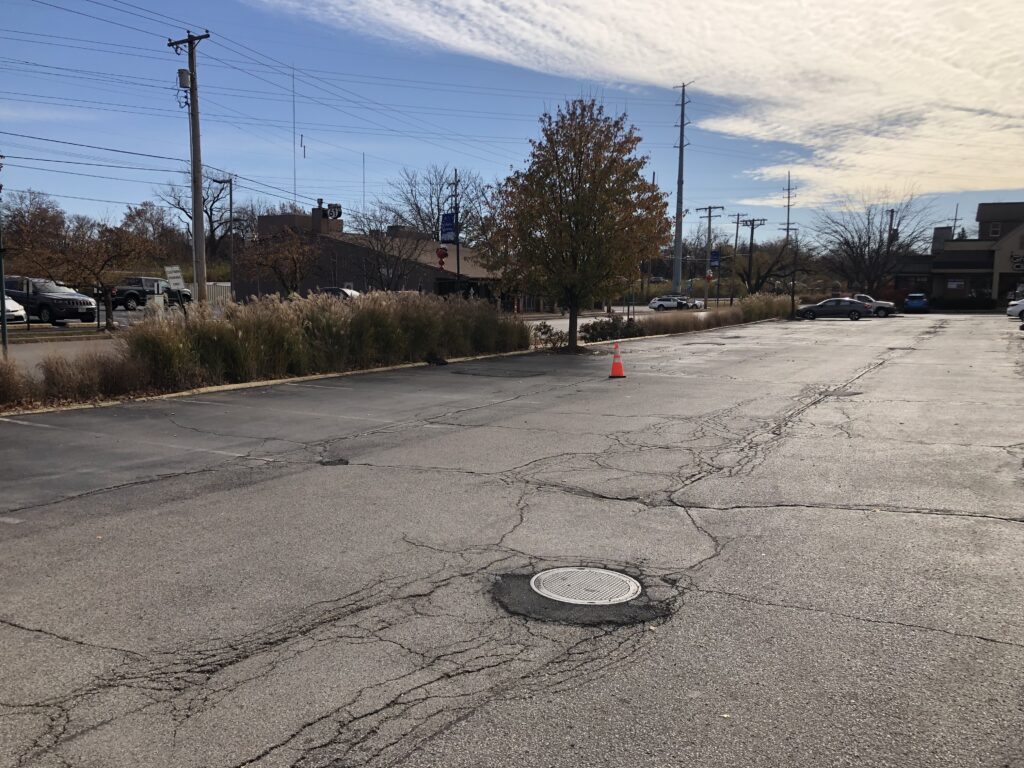
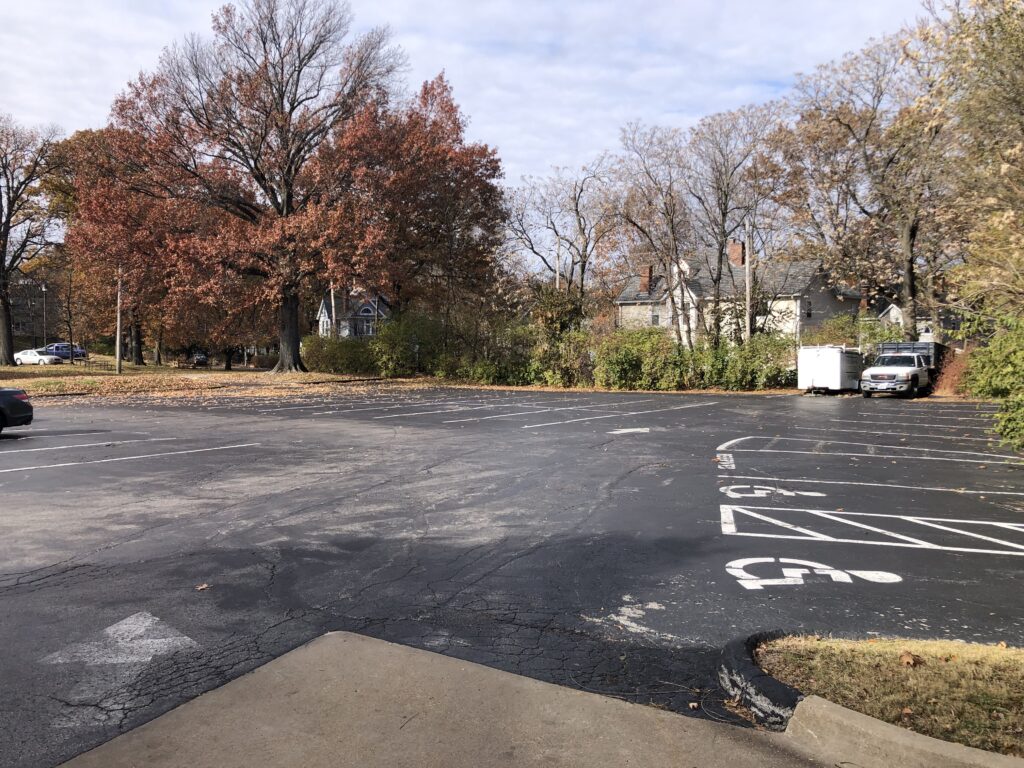
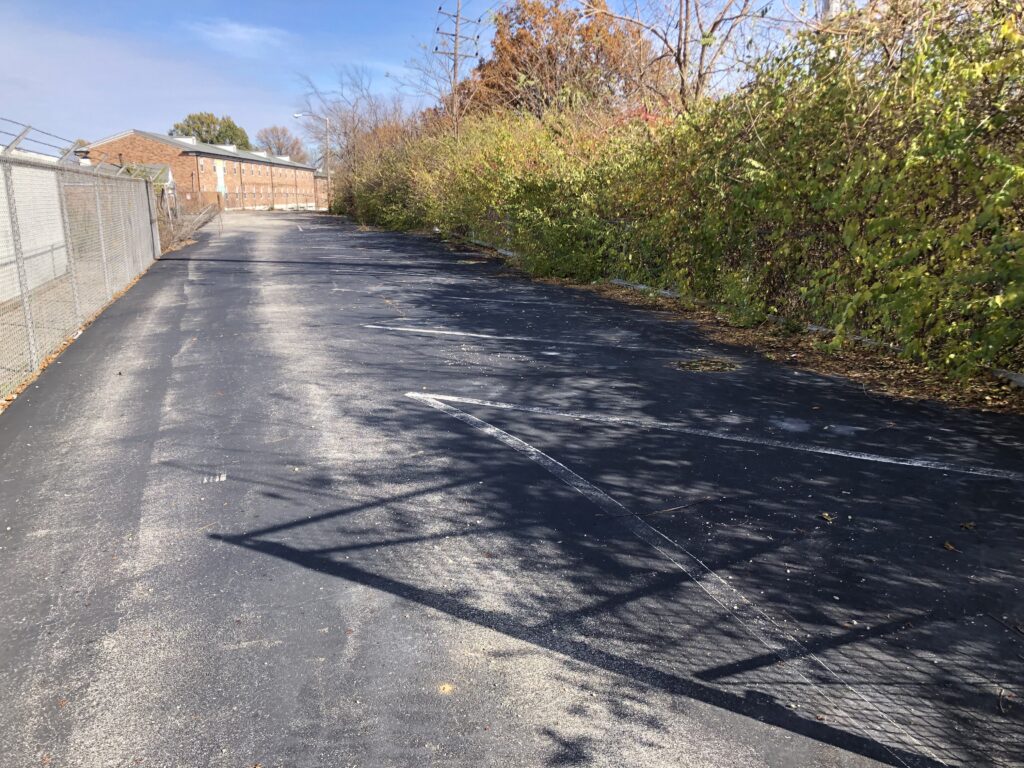
Along Metrolink: 12:45 PM at Shrewsbury-Lansdowne I-44 Blue Line Station
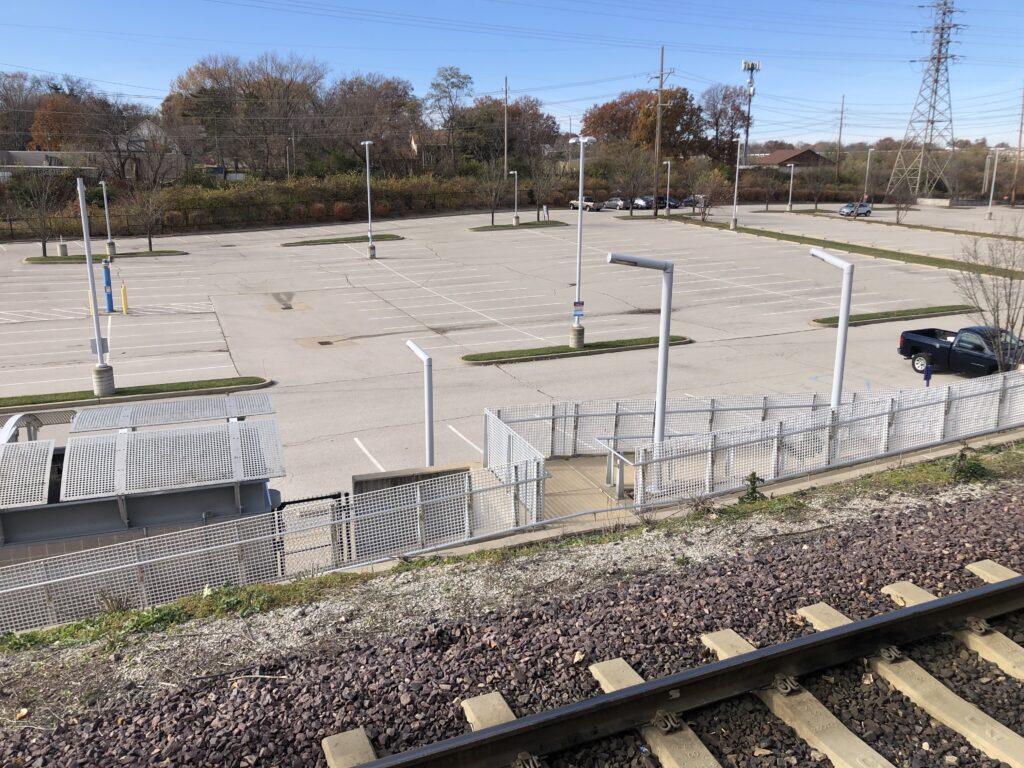
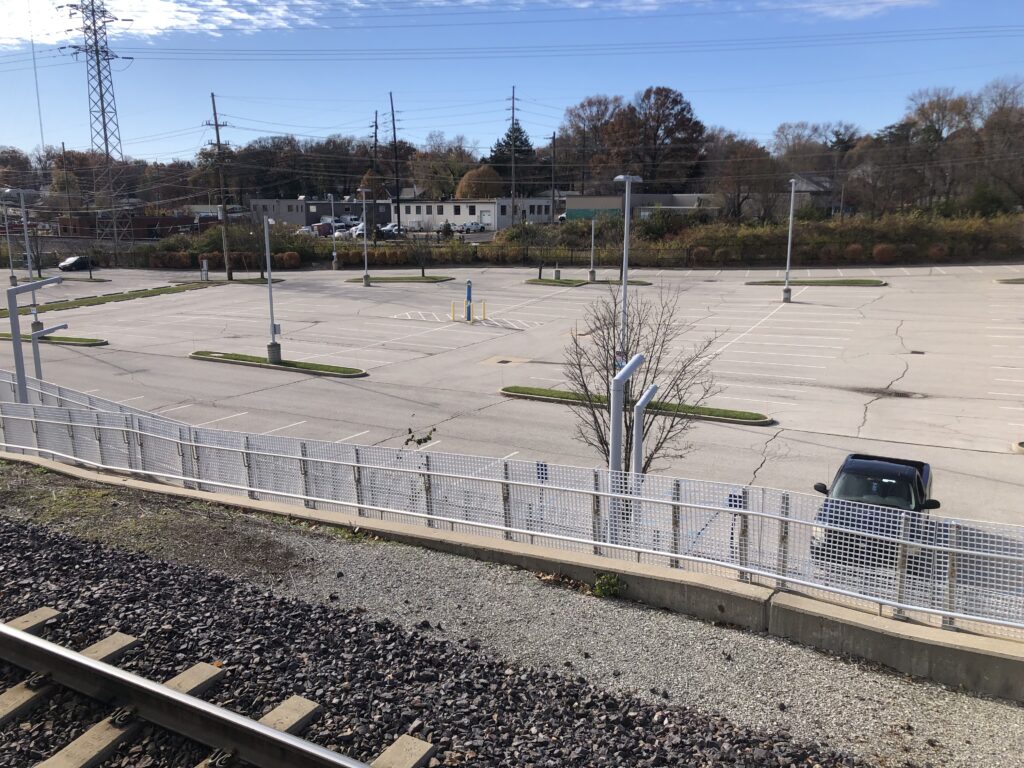
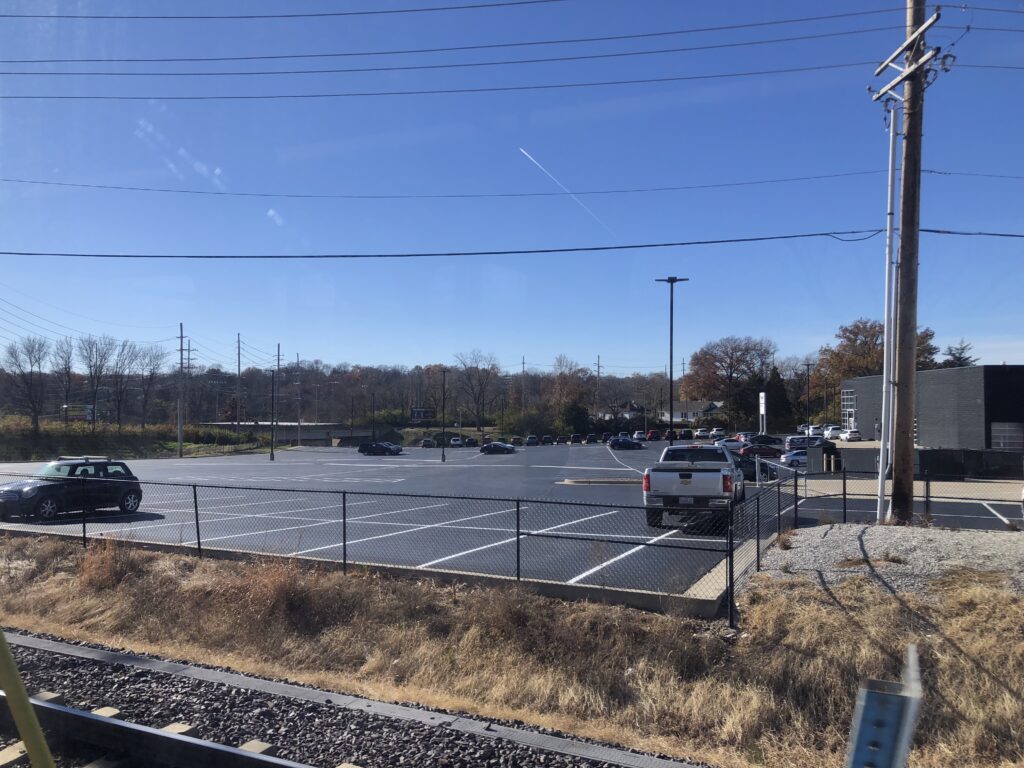
An empty lot directly next to the Sunnen Metrolink Station.
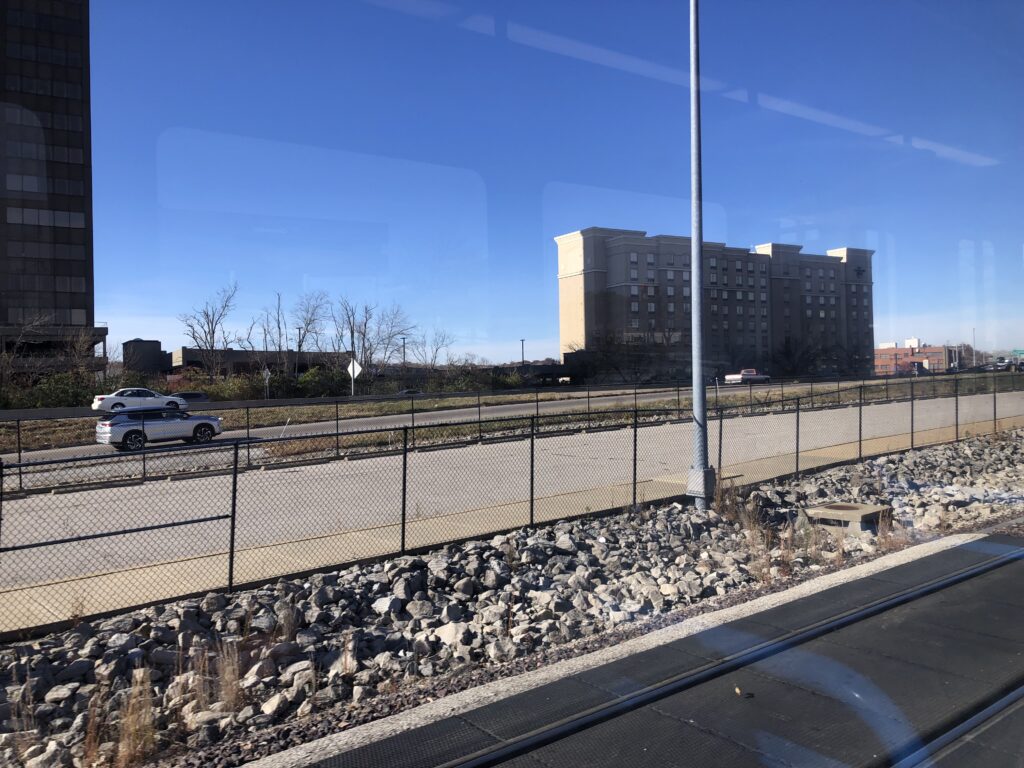
Returning from a day in the city: 7:00 PM near the Metro bus line 57
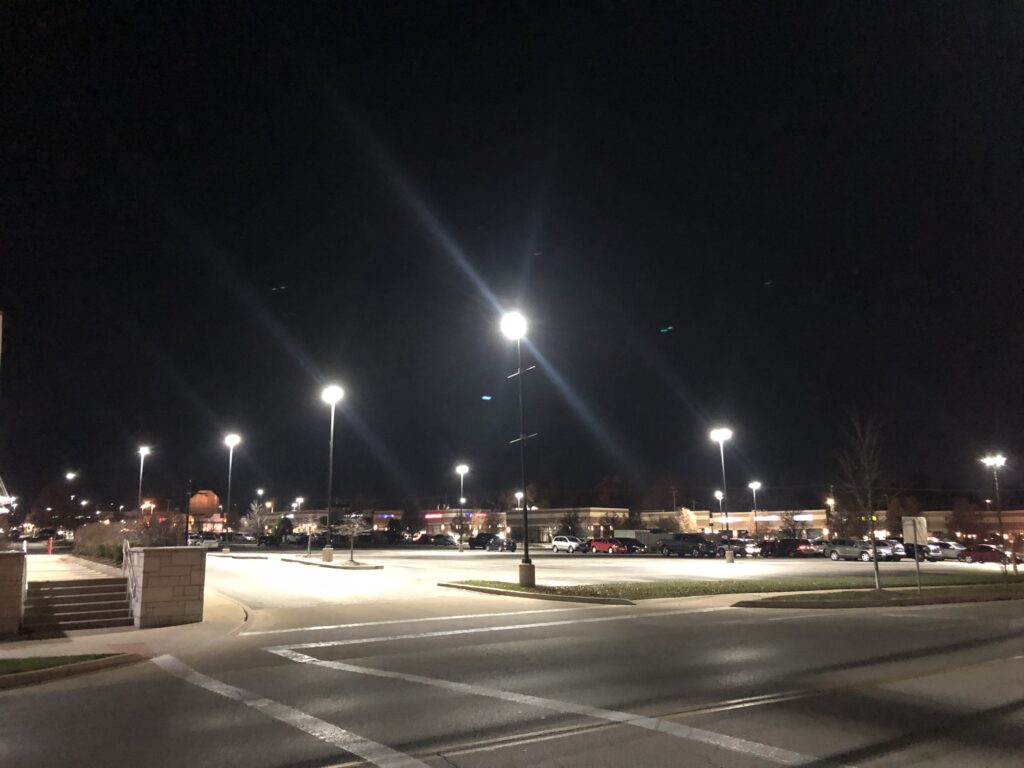
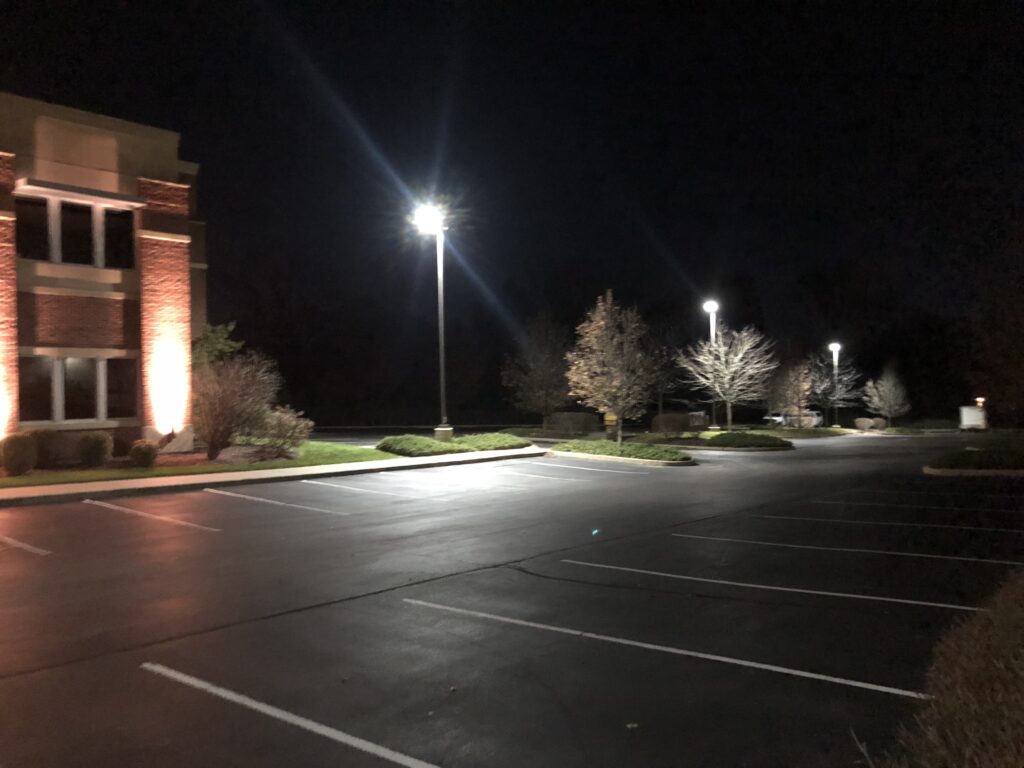
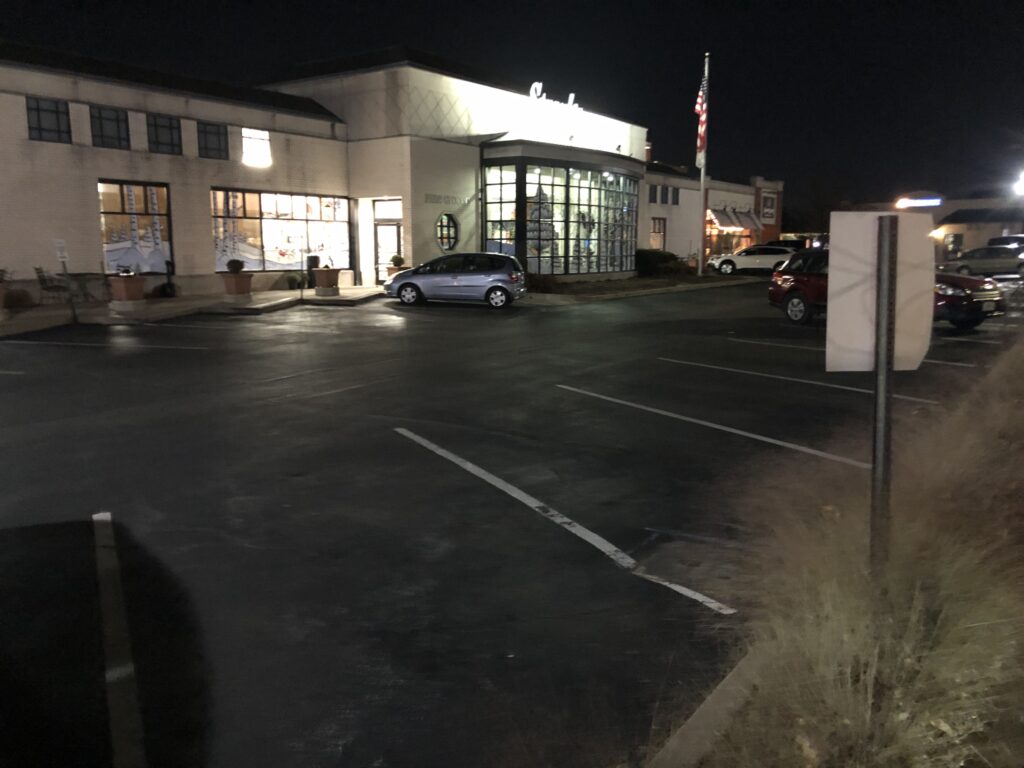
Is this wasted space what we are gifting ourselves for Black Friday? Donald Shoup published The High Cost of Free Parking back in 2005, continuing to argue in 2016 in the Washington Post that parking minimums:
subsidize cars, increase traffic congestion and carbon emissions, pollute the air and water, encourage sprawl, raise housing costs, exclude poor people, degrade urban design, reduce walkability and damage the economy. To my knowledge, no city planner has argued that parking requirements do not have these harmful effects. Instead, a flood of recent research has shown that parking requirements have these effects and more. We are poisoning our cities with too much parking.
Especially if Webster Groves claims to foster equity, addressing our built environment is a good place to start. Yet here we are getting further entrenched in the antithetical notion that wasted space promotes walkability, livability, and particularly that Webster Groves is accessible to people of all income levels.
Happy Black Friday.

